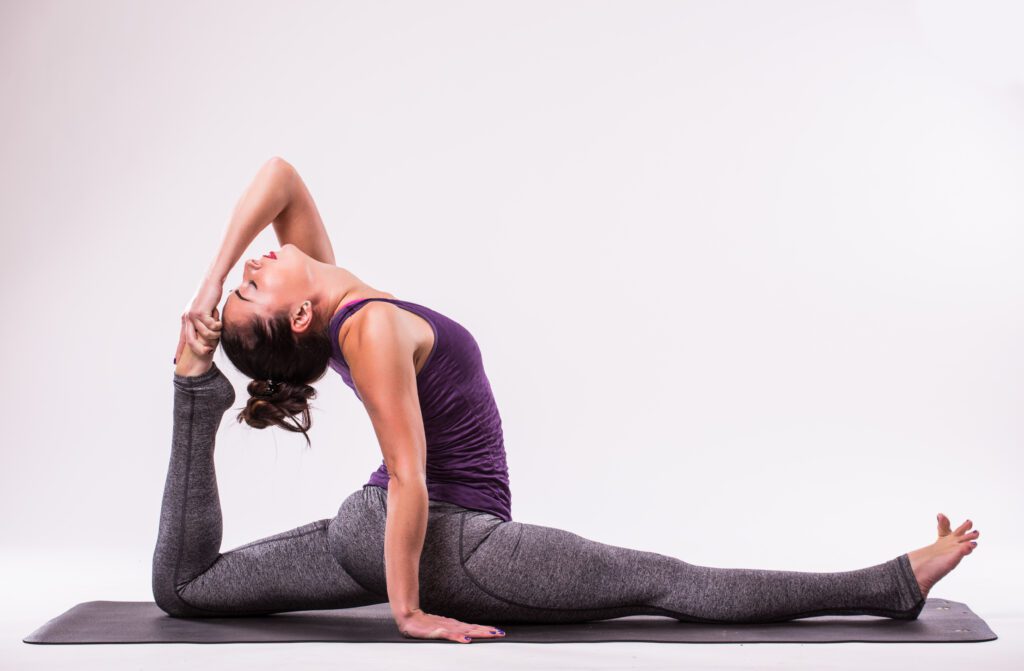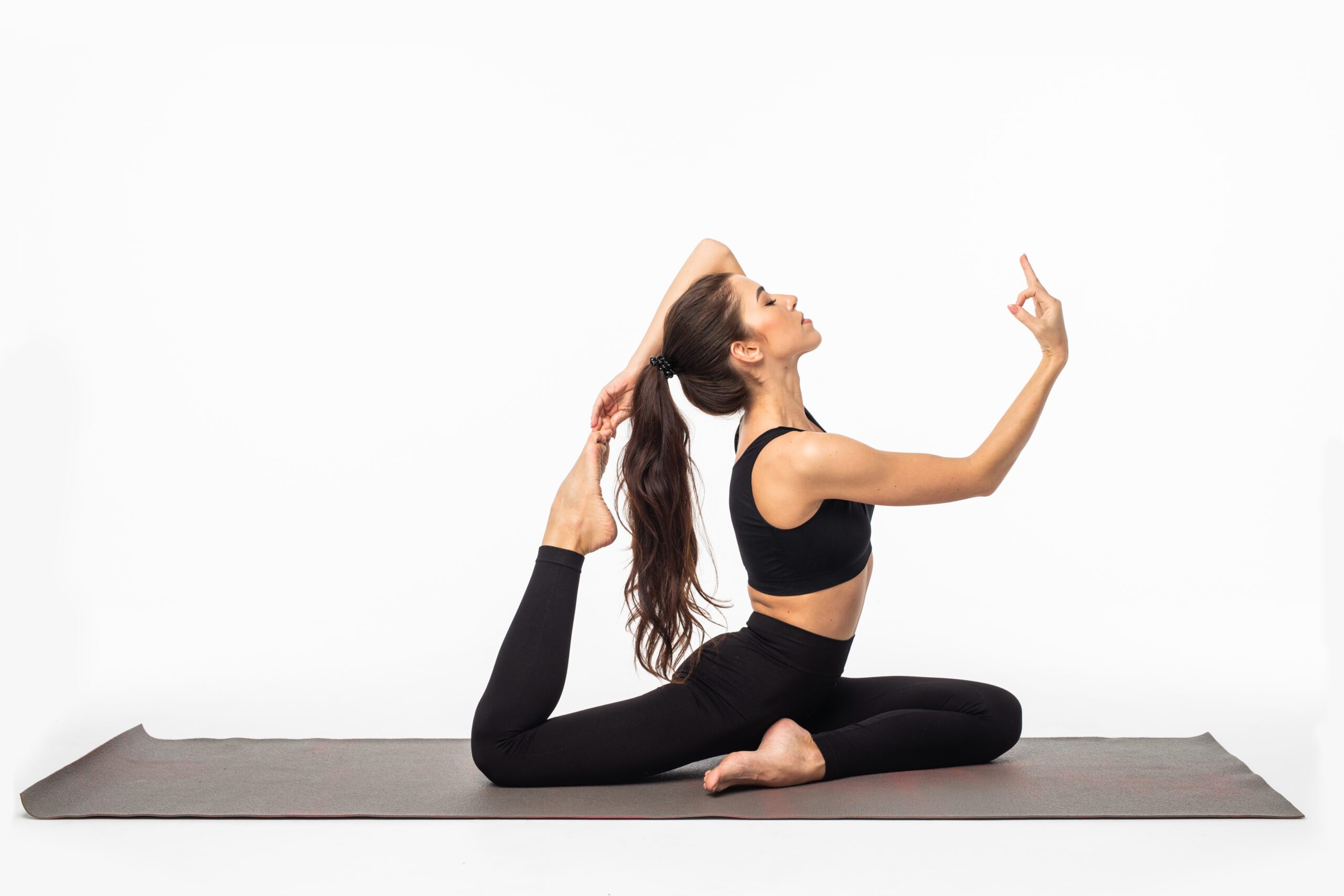What is yoga ?
Yoga is an old practice that includes actual stances, focus, and profound relaxing.
The first mention of the word “yoga” appears in Rig Veda, a collection of ancient texts. Yoga comes from the Sanskrit word “yuj,” which means “union” or “to join.”Yoga can be followed back to northern India quite a long time back.
Indian priests spread their insight into yoga in the West during the last part of the 1890s. Present day yoga lessons turned out to be broadly well known in Western nations by the 1970.
Yoga is a holistic practice that originated in ancient India and has since spread worldwide. It encompasses physical postures (asanas), breathing exercises (pranayama), meditation, and ethical principles aimed at achieving harmony and balance in the body, mind, and spirit.
Normal yoga practice might decrease levels of pressure and expansive aggravation, adding to better hearts. A few of the elements adding to coronary illness, including hypertension and overabundance weight, can likewise be tended to through yoga.Yoga is as good as basic stretching for easing pain and improving mobility in people with lower back pain. The American College of Physicians recommends yoga as a first-line treatment for chronic low back pain.
Some key aspects of yoga

-
Pranayama:
Pranayama comprises of different breathing methods. These methods can assist with quieting the psyche, increment center, and manage the progression of energy in the body.
-
Meditation:
Meditation is a core component of yoga practice. It involves focusing the mind and cultivating awareness. Meditation techniques vary widely and can include mindfulness meditation, loving-kindness meditation, and others.
-
Asanas:
These are the actual stances drilled in yoga. They assist with further developing adaptability, strength, and equilibrium. There is a wide assortment of asanas, going from straightforward postures to further developed ones.
-
Styles:
There are many different styles of yoga, each with its own emphasis and approach. Some popular styles include Hatha yoga, Vinyasa yoga, Ashtanga yoga, Bikram yoga, Kundalini yoga, and Iyengar yoga.
Can Yoga Be Done After Eating ?
Yoga can be done after eating, but it’s generally recommended to wait for some time after a meal before practicing .
Here’s why:
-
Physical Comfort:
Yoga involves movement and sometimes inversion poses. Practicing yoga on a full stomach can lead to feelings of heaviness, bloating, or discomfort, making it challenging to move and breathe comfortably.
-
Chance of Sickness:
Lively active work, particularly including turning or bowing, just subsequent to eating can some of the time trigger sensations of queasiness or in any event, retching in certain people.
To avoid these issues, it’s generally recommended to wait at least 1-2 hours after a light meal and 2-3 hours after a heavy meal before practicing yoga. This allows for partial digestion to occur, reducing the risk of discomfort and promoting better focus and energy during your practice.
Six Branches
-
Karma yoga:
This is a path of service that aims to create a future free from negativity and selfishness.
-
Bhakti yoga:
This aims to establish the path of devotion, a positive way to channel emotions and cultivate acceptance and tolerance.
-
Jnana yoga:
This branch of yoga is about wisdom, the path of the scholar, and developing the intellect through study.
-
Tantra yoga:
This is the pathway of ritual, ceremony, or consummation of a relationship.
-
Hatha yoga:
This is the physical and mental branch that aims to prime the body and mind.
-
Raja yoga:
This branch involves meditation and strict adherence to a series of disciplinary steps known as the eight limbs of yoga.
Health Benefits Of Yoga
- Help people quit smoking.
- Help people manage anxiety symptoms or depression.
- Relieve menopause symptoms.
- Be a helpful addition to treatment programs for substance use disorders.
- Help people with chronic diseases manage their symptoms and improve their quality of life.
Conclusion
